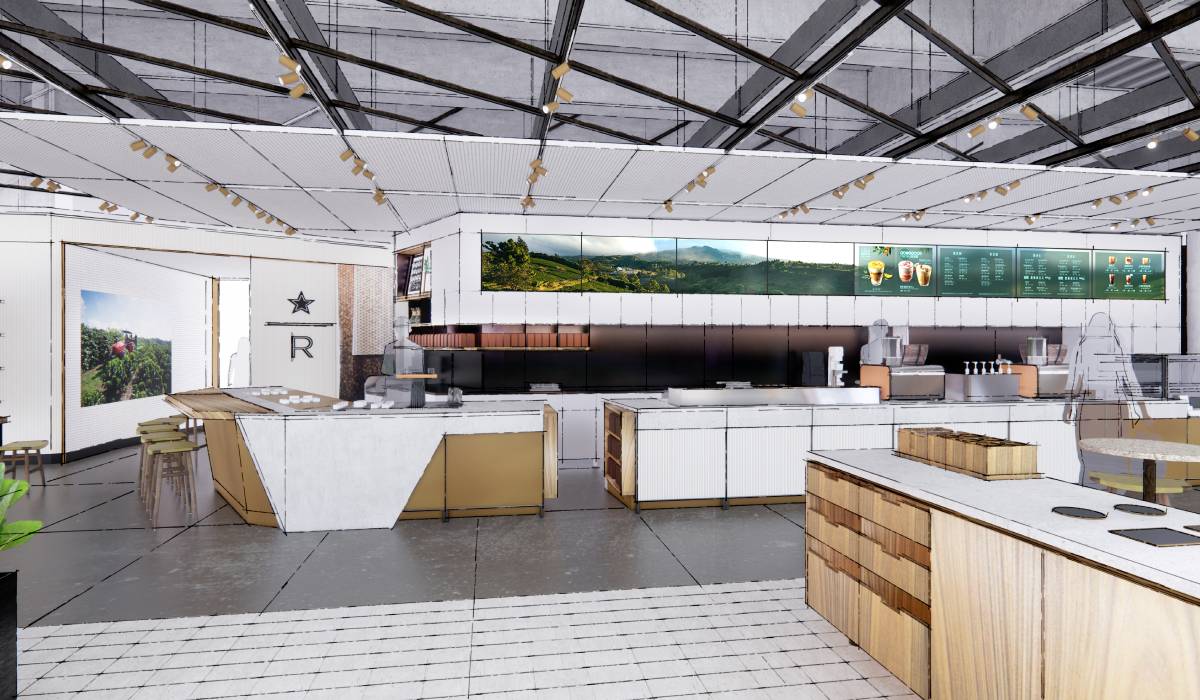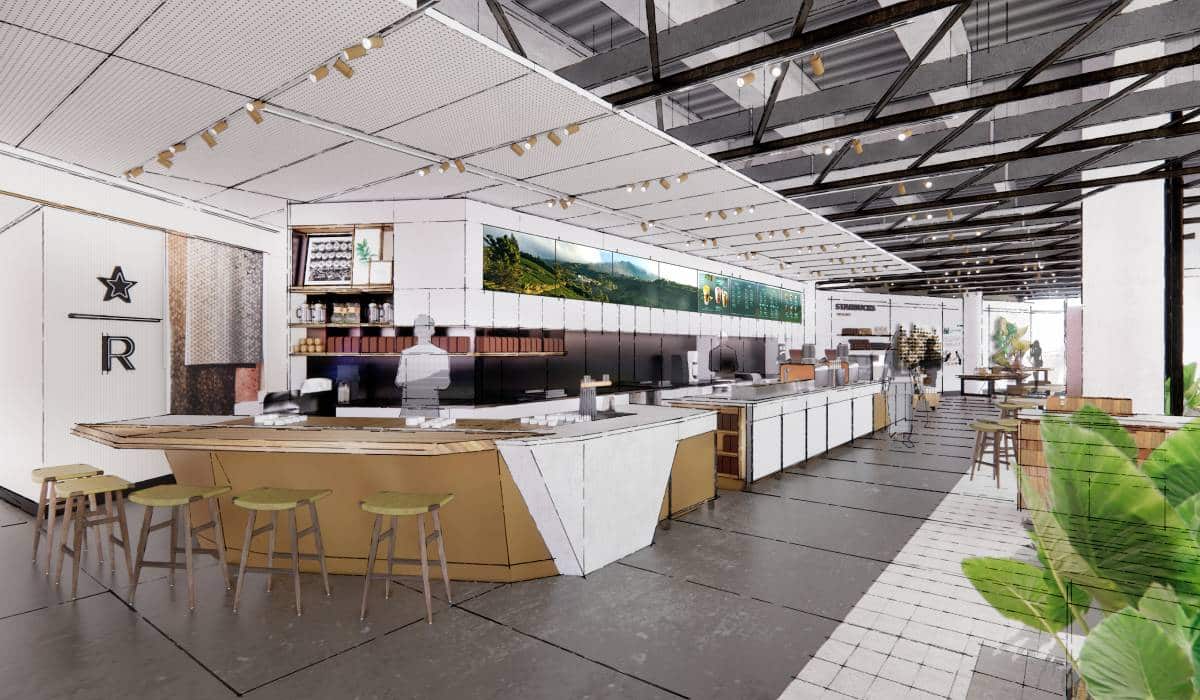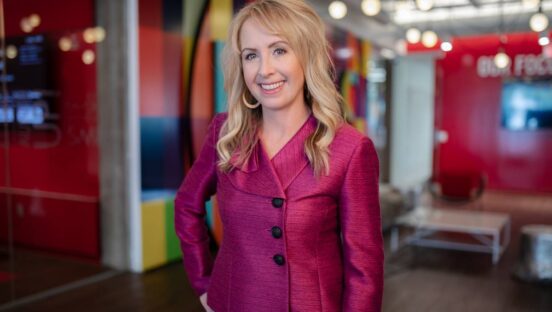The chief marketing officer’s role at a quick-service brand is always shifting. But the pandemic hastened evolution up and down the C-suite of concepts nationwide.
Many patrons suddenly wanted to spend less time dining in, and more on picking up, getting delivery, and ordering via drive-thru windows and mobile apps to minimize contact. So the task sheet of the CMO boiled down to reaching guests despite guidelines that, in many cases, did everything possible to keep people apart.
Danielle Porto Parra, SVP of category marketing at Focus Brands, who oversees three of the company’s brands—McAlister’s Deli, Schlotzsky’s, and Moe’s Southwestern Grill—says introducing more analytic-driven marketing, coupled with digital platforms, transformed Focus’ ability to communicate in recent years. Her main aim today? Asking, “What can your business do to add value to your customer’s life?”
The pandemic altered dining habits, increasingly toward digital, Parra says. “Customers,” she explains, “want to use multiple channels based on what’s most convenient, including delivery through our app for a family’s weeknight meal and coming back to dine at lunch.”
READ MORE: Check out some of the full-service world’s most influential marketing leaders
Parra sees the biggest change during COVID as an increasingly prevalent number of customers engaging with digital technology, which led to one of the biggest alterations at Focus from a marketing spin: the goal of reaching users on a one-to-one basis.
“We’re able to provide the right offer to the right customer at the right time,” Parra says.
For instance, loyalty patterns today can reveal whether a brand is dealing with a mom who is feeding her family. That can trigger an offer for a free kid’s meal. Or a business traveler who regularly stops in for lunch, which then amounts to a free side of guacamole or dessert.
Moreover, via loyal users, Focus’ marketing department tests free offerings and promotions to determine whether there’s ample or minimal interest, to either sustain or drop it.
Digital traffic and loyalty also enable Focus to get to know each consumer’s tastes and dining preferences. McAlister’s users at its 507 locations earn loyalty points for either a free kid’s meal or free entrée. They can also add a bread bowl with their soup order or become subscribers of a tea pass lasting a month for $7, entitling them to a complimentary daily tea.
Staying a step ahead of the customer during a pandemic is critical, Parra says. At McAlister’s, the fast casual introduced tableside dining where guests don’t have to go to the register to place an order. They sit down at a table, order their meal on their app, and wait for food to be brought out. Customers “pay a fast-casual price, but you’re getting a full meal with waiter service and drink refills,” Parra says.
Focus can target promotions using its repertoire of brands, including Carvel, Cinnabon, Auntie Anne’s, and Jamba to cross-appeal to loyal customers. Schlotzsky’s loyalists, in one instance, were offered two large Cinnabons for $5. Parra calls it a win/win because “we’re giving customers a reason to come back more frequently. We don’t want it to only be transactional.”

Additionally, customers are sent social media messages on Facebook, TikTok, and Instagram. To break through the clutter, McAlister’s introduced a contest where loyalists created their own spud images. A random drawing produced a winner that earned a free trip to an Airbnb in Idaho—a major potato supplier.
Asked how Parra expected business will shift when (and if) the pandemic ever fades, she says, “One thing that won’t change is the adoption of digital messages and people wanting more choices. The pandemic helped accelerate that, but it won’t go away because they want the choices and personalized offerings.”
Ryan Ostrom, marketing chief at Jack in the Box, says the pandemic “expedited what CMOs are doing. It’s more than marketing, but understanding the guest’s journey and how the brand engages with the guest through digital, online, and social by providing the solution that the guest wants.” It all rolls back to age-old pillars: ease, affordability, and convenience.
Convenience, in particular, is what customers demand these days, Ostrom says. Is the drive-thru speedy enough? If the customer orders delivery, can it take 2 minutes to order? What role does marketing play in all of that?
Everything Ostrom does as CMO is geared toward making the customer’s life easier—how quick can a guest purchase on his/her app, and how can he equip franchisees to remove friction throughout the process?
If everyone is accelerating the pace of ordering via mobile, where do you stand out? Ostrom says Jack in the Box carved out a reputation as a “late-night brand,” so it leans into that equity. “We target the after-party and late-night crowd, for delivery, ordering for multiple people and when guests want a tacos or burger,” Ostrom says.
The brand’s Jack App enables its CMO and staff to know if someone is a late-night or breakfast customer, and can help identify if they want to stretch their time spent at Jack in the Box.
Marketing via streaming services such as TikTok was another change. “We are now majority digital in marketing,” Ostrom says. The chain uses the acronym “CRAVED,” meaning cultural, relevant, authentic, visible, easy and distinctive, to determine if its marketing offerings are targeted effectively.
At 770-unit chicken chain Bojangles, “convenience is here to stay and that involves making sure we have the right digital means to access them, and the right digital tools available to our crew members,” says CMO Jackie Woodward.
About two years ago, Bojangles stepped up its focus on breakfast and dinner. But the pandemic forced it to “rebalance our marketing around drive-thru and delivery, and that has really paid off,” Woodward says.
Drive-thru became a spotlight since many of Bojangles’ clientele are essential workers who look for no-frills dining that fits their busy lifestyles.

“The changing meal routines challenged us to get creative with our marketing efforts, and think through how and when, we reach our customers,” says Wendy’s CMO Carl Loredo.
Because of its Southern roots, breakfast was always a “hallmark of our business, where people dine on eggs, sausage, country ham, biscuit and our legendary iced tea,” Woodward says.
When Bojangles introduced its fried chicken sandwich, it orchestrated a giveaway publicity event out of a food truck around Times Square. “It gave us billions of impressions from a customer standpoint, and introduced Bojangles to a whole new crop of customers and brought a taste of home to many exiled Southerners,” she says.
Though Woodward has no crystal ball on the future, she’s emphatic “convenience is here to stay.” She says the launch of Bojangles’ app was crucial because it enables the brand to talk to its customers and personalize their experience.
It’s a sentiment shared by Wendy’s CMO Carl Loredo. “The changing meal routines challenged us to get creative with our marketing efforts, and think through how and when, we reach our customers.” Amid COVID, the burger giant adjusted messaging “and revisited our tools to intercept customers in their new ‘normal,’” he adds.
As Wendy’s saw the culture of delivery and convenience accelerate, it moved from one delivery partner to four, launched rewards, introduced curbside and scheduled pickup, and rolled out in-app delivery in 2021 to bring food to customers’ doorsteps. Another critical target was to speed up drive-thru times and offer accelerated pickup options.
Too many of Wendy’s competitors, Loredo says, were serving “folded egg sandwiches, flavorless chicken sandwiches and stale bagels.” So delivering food hot and tasty became the byword at Wendy’s.
What does Loredo envision over the course of 2022, despite so much upheaval over a persistent pandemic? Regardless of how and where the message comes from, Wendy’s will remain “committed to building our breakfast and digital businesses. So fans can expect to see more craveable items hitting our menu,” he says.





